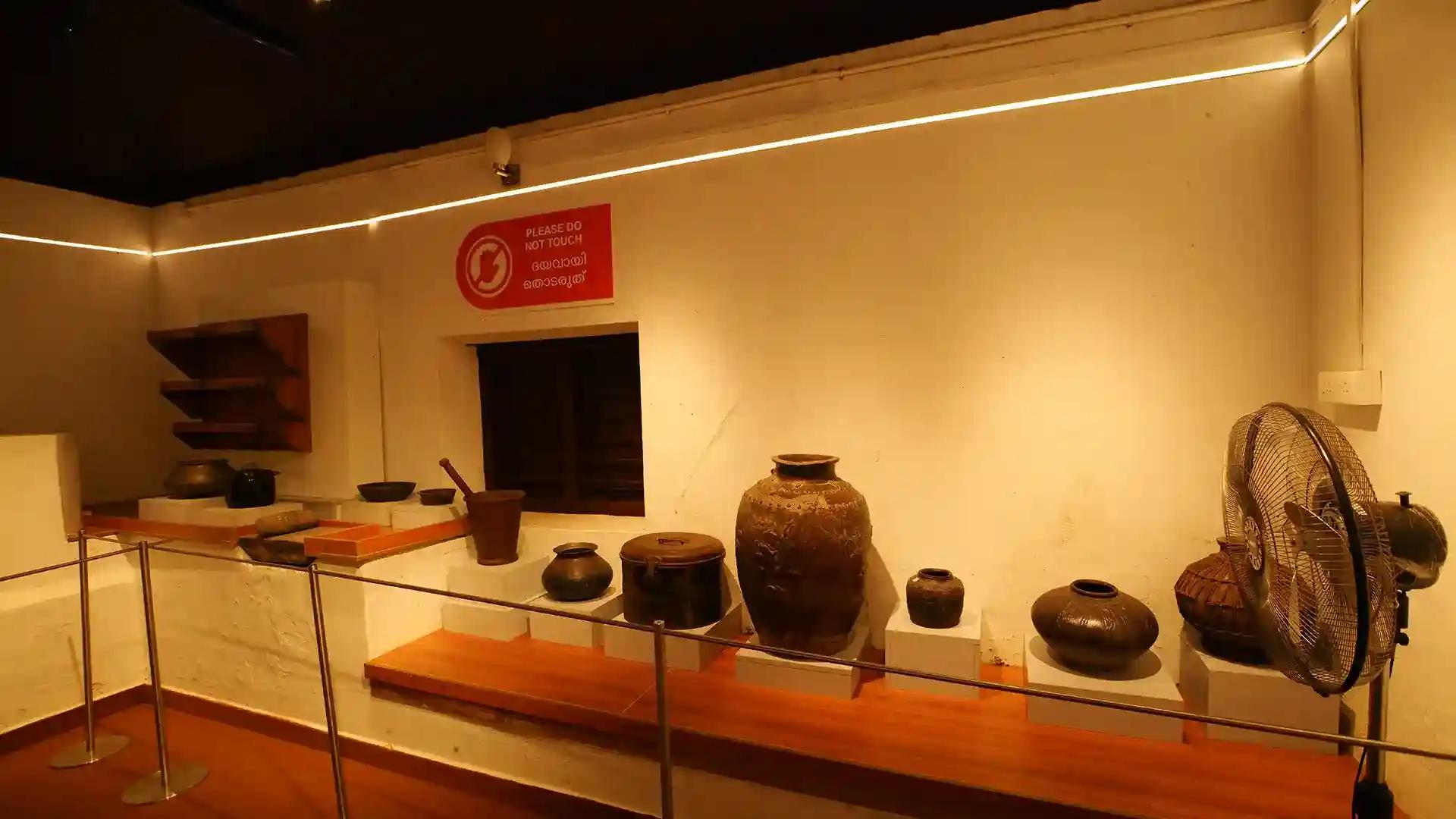- DESTINATIONS NEAR BY
- HOSPITALITY SERVICES
- ACCREDITED ADVENTURE TOUR OPERATORS
- TRAVEL INFO
- OTHER FORTS & PALACES
Dutch-era bungalow with unique architecture, open verandahs, and ties to Fort Immanuel's legacy.
As you stroll through the quaint lanes of Fort Kochi you will come across a silent sentinel to the colonial legacy of the region - the Bastion Bungalow. Constructed by the Portuguese in the 16th century, it was later renovated by the Dutch and then used by them as the residence of the Dutch Governor during their presence in Kochi. Built in the year 1667, the name Bastion Bungalow was derived from its location on the site of the Stromberg Bastion of the old Dutch fort.
Situated near the Vasco da Gama square, on River Road in Fort Kochi, the history of the Bastion Bungalow is quite interesting. Fort Immanuel was built by the Portuguese during the early decades of the 16th century. At the time the fort had bastions, watch towers, ramparts and many other such structures When in 1663 the Dutch defeated the Portuguese and conquered Kochi, they started destroying the fort and only a third of it was left. The fort originally had seven bastions. From among what remained the Stormberg bastion was later transformed into the Bastion Bungalow.
The Bungalow which was constructed around the circular structure of the bastion was such a beautiful structure that even when the British destroyed the walls during their 1806 invasion, they left the building untouched.
The architectural grandeur of the structure is a testament to the fusion of European and indigenous styles that were a signature of colonial era constructions in Kerala. With spacious rooms, high ceilings, open, long verandahs and tiled roofs with beautiful geometric patterns the bungalow has been built into a wall of the erstwhile fort. The materials used for construction largely include laterite, wood and brick. The Dutch influence on architecture is pronounced and adds elegance to the structure. Though nothing has been found yet, it is rumoured that beneath the Bastion Bungalow lies a network of secret tunnels.
As you walk through the corridors of this historic monument which is now a prime location for the Kochi Muziris Biennale, you can't help but be awestruck by how the bungalow resonates with the echoes of history. Every aspect of the structure whispers tales of bygone days, the grand stories of wars, conquests, trade and cultural exchanges, all of which shaped the destiny and cultural blueprint of Kochi and its inhabitants. From the Portuguese and Dutch colonialists to the British and beyond, the Bastion Bungalow has borne witness to the ebb and flow of empires, a silent spectator to the changing tides of time.
Any visit to Fort Kochi will be incomplete without a visit to the Bastion Bungalow. It is a delight, especially for those with an eye for architecture and interest in history. Recognising the importance and relevance of the structure, today the bungalow has been declared as a protected monument and has a heritage museum that allows visitors to take a ride back in time through paintings, artifacts and infographics. It even has two cannons preserved from the colonial era. A visit to the museum is sure to give you deep insights into the history of Kochi.
Visiting Hours: 10:00 A.M. to 01:00 P.M. and 02:00 P.M. to 05:00 P.M.
E-Brochures
These digital guides serve as invaluable tools for travellers planning their Kerala vacations.
Destinations Near By
Looking for nearby destinations? Check-out these!
Hospitality Services
Here's a wide range of accredited hospitality services available in Bastion Bungalow.
Adventure Tour Operators
Your safety is our top priority: Choose from a select group of accredited adventure tour operators for an unforgettable experience.
Other Forts & Palaces
Also, do not miss out on these Forts & Palaces










